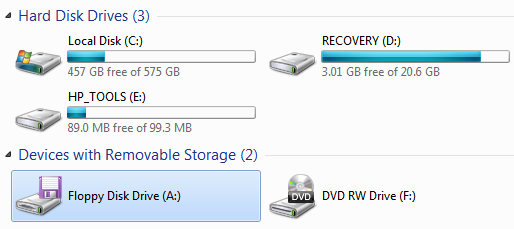

Click on the the "Reload page" link to reload the original page for that frame.

Click on the frame title to open that page in a new tab in most browsers. Click outside the frame to navigate this page to scroll up/down between the embedded Web pages. Quick links: FORMAT EasyDOS FORMAT Wikipedia Embedded ResourcesĬlick inside the frame to navigate the embedded Web page. To help reinforce the concepts presented in this section. To maximize your learning, please visit these Web sites and review their content Key terms: FAT, FORMAT, root, sector, sector, serial number Thinking: Why would you want to format a storage device other than the default 512 bytes per secotr? If you are using a system primarily for video editing, a sector size of 4096 bytes may be a better fit to increase I/O speeds. This option will allow you to change how large the sectors are to be set. As new data is added to the device, existing sectors are rewritten with new data. This option resets the FAT as empty and leaves the sectors alone. If a label is not given, a random name/number is generated. This option will allow you to give a meaningful name to a storage device. Data previously written to the media will not be altered by the command. With this option the command will not do the 2nd and 3rd step, above.

FORMAT always writes a BIOS Parameter Block to the first sector, with or without the /S option.Īnother option ( /Q) allows for what Microsoft calls "Quick Format". When this option is included, bootstrap code is written to the first sector of the volume (and possibly elsewhere as well). Optionally, (by adding /S, for "system") it can also install a volume boot record.

Learning objective: Explain the purpose of the FORMAT command Next > FORMAT Command (External) - Formats a disk Top 10 MS-DOS Commands Top 10 MS-DOS Commands


 0 kommentar(er)
0 kommentar(er)
